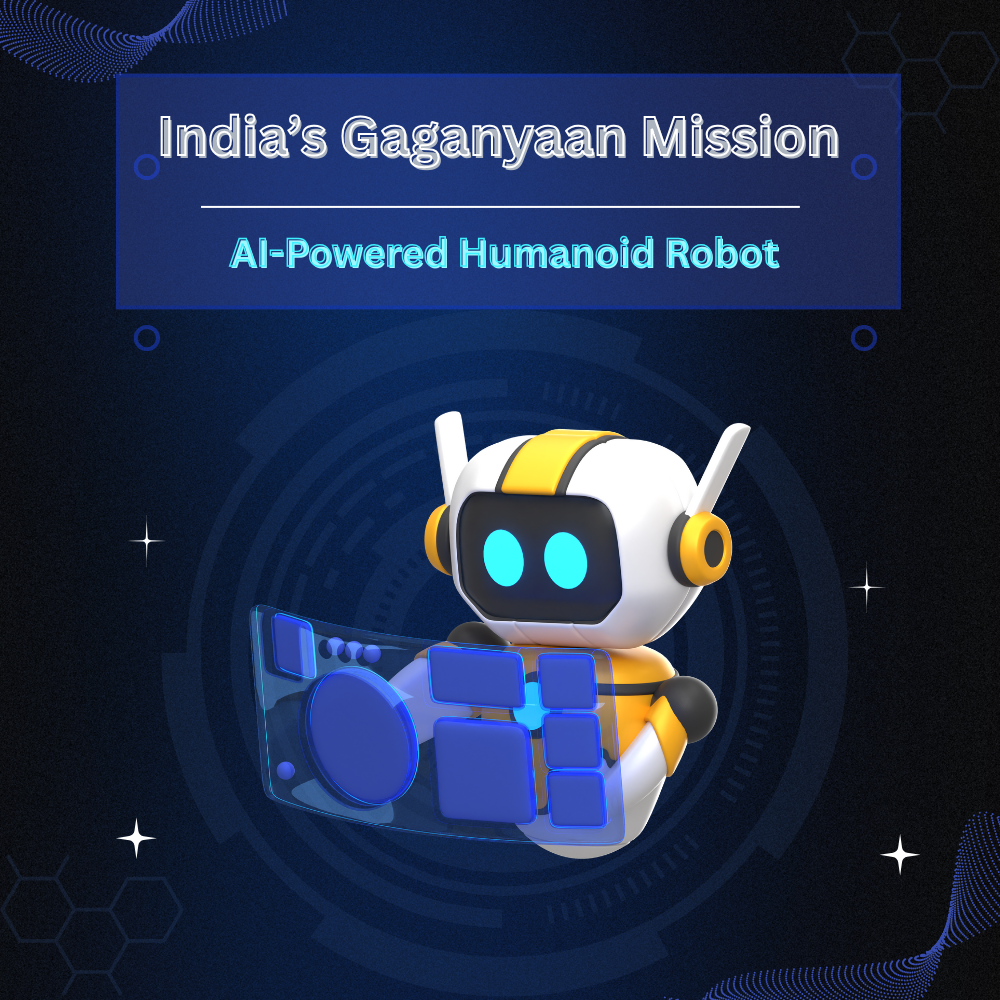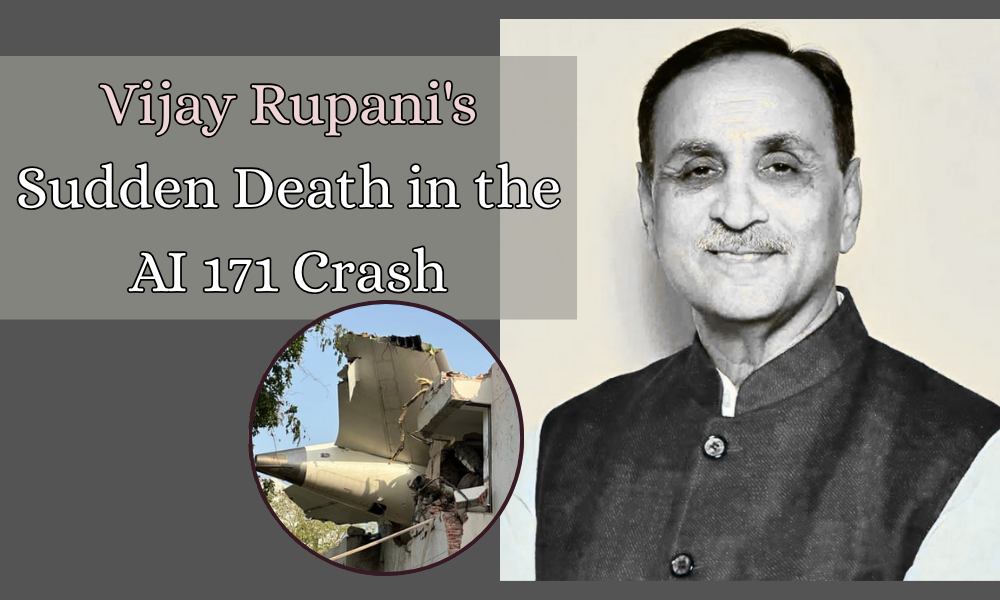India’s Gaganyaan Mission Propels: AI-Powered Humanoid Robot to Fly in December
Introduction
The Indian Space Investigate Association (ISRO) is adapting up for a major breakthrough: the dispatch of its to begin with uncrewed test flight of Gaganyaan, anticipated this December. What makes this mission particularly critical is that it will carry an AI-enabled half-humanoid robot, named Vyommitra, instep of a human space traveler. Reported by ISRO Chairman V. Narayanan, this mission marks a essential step toward India’s aspirations of sending people into space.

A Modern breakthrough in Indian human spaceflight
The mission in address is the to begin with full-scale uncrewed flight of the Gaganyaan shuttle (in some cases alluded to as G1). Or maybe than setting a human onboard, ISRO will utilize Vyommitra to test basic frameworks such as life-support, natural control, flight elements, re-entry conduct and crew-module integrity—all without putting human lives at hazard. The robot will imitate human nearness and screen how shuttle equipment reacts in circle and amid re-entry.
Chairman Narayanan has affirmed that the dispatch window is arranged for December this year.
This time period puts India on track to approve its frameworks some time recently advancing toward a run mission in future years.
Why a robot instep of an space traveler this time?
Sending a humanoid robot like Vyommitra instep of a human has a few points of interest. To begin with, it decreases chance: if any unanticipated frameworks disappointment happens in this test flight, there is no human onboard. Moment, Vyommitra is planned to reenact human physiological requests in space—such as the affect of microgravity, cabin environment shifts, radiation introduction, life-support loads and natural control. Agreeing to ISRO, Vyommitra can screen cabin parameters, issue notices, work control boards and act as a intermediary for space traveler conduct.
What precisely is being launched?
Thus, this mission serves as a bridge between ground testing and putting real team individuals into orbit.
Mission goals: What ISRO points to achieve
The Gaganyaan program has different high-stakes mechanical challenges. For the December mission, ISRO has sketched out a few key objectives:
Validate the crew-module frameworks (auxiliary astuteness, partition, re-entry heat-shield performance).
Demonstrate the life-support and environmental-control frameworks in orbital conditions, through Vyommitra’s instrumentation.
Test the service-module frameworks (drive, route, direction) in a full orbital environment.
Validate the recuperation arrangement: module re-entry, parachute sending, splash-down/rescue (or secure landing) operations.
Collect information on how the shuttle carries on with the mass and instrumented of a humanoid robot onboard—crucial for future run missions.
Chairman Narayanan famous that “about 80 % of ground tests” (generally 7,700 tests) had as of now been completed, with the remaining tests (around 2,300) expected to wrap up by another Walk.
The part of Vyommitra: More than fair a passenger
Vyommitra is no unimportant sham. Created by ISRO, it is a half-humanoid robot (middle up, no legs), competent of connection in both Hindi and English, checking natural parameters, working certain controls, and intellectuals reacting to changes in the cabin.

In this December mission, Vyommitra will likely:
Monitor oxygen, carbon dioxide levels, cabin weight and temperature.
Detect inconsistencies and trigger notices through onboard sensors.
Record reactions of the shuttle to orbital and re-entry stresses.
Operate switches or boards to mimic team action—validating ergonomics and mechanization systems.
Provide ISRO engineers with basic telemetry almost the conduct of life-support, auxiliary and warm frameworks in a reasonable environment.
This is an fundamental test for space traveler security in consequent flights.
Why December? And what’s next?
Choosing December for the to begin with uncrewed flight is vital. It adjusts with ISRO’s plan for framework availability and grants a full year of information collection and follow-on flights some time recently the inevitable run mission. Agreeing to ISRO, taking after this December flight, two more uncrewed flights are arranged some time recently any human is sent onboard.
Furthermore, ISRO has as of now completed basic tests, counting parachute recovery drop-tests, air-drop of group module fakers and capability of the group elude framework, in planning for Gaganyaan missions.
Challenges and significance
Sending people to circle is distant more challenging than propelling satellites. For Gaganyaan, a few of the greatest challenges include:
Human-rating of dispatch vehicle and shuttle: frameworks must meet security edges distant past standard toady launches.
Life-support and natural frameworks: guaranteeing steady oxygen, CO₂ expulsion, cabin weight, warm control, and radiation protection.
Reliable re-entry and recuperation: securely bringing the group back to Soil is as vital as going up.
Automation and control: frameworks must be exceedingly dependable with negligible human mediation in emergencies.
Testing in practical orbit-like conditions: in this way the significance of uncrewed flights and humanoid robots.
The importance of this mission for India cannot be exaggerated. It places India among a modest bunch of countries with the capability to send people into space freely. It moreover boosts national distinction, drives innovation advancement, rouses STEM instruction, and underpins progressions in aviation, materials, mechanical technology, AI, life-sciences and more.
Why the world is watching
India’s space desire has developed to incorporate not fair toady dispatches but human spaceflight and space-station capabilities. This mission comes at a time when worldwide intrigued in moo Soil circle missions, private spaceflights, and lunar/planetary missions is rising. An effective Gaganyaan uncrewed flight will appear that India is able of another frontier—manned space missions and beyond.
In expansion, Vyommitra’s part includes another measurement: the utilize of mechanical autonomy and AI in spaceflight. Numerous worldwide programs depend on humanoids or automated “astronauts” to expand human missions. The victory of Vyommitra will flag India’s ability not fair in rocketry but in cleverly robotization for space.
What to observe next
As December approaches, key pointers and turning points to keep an eye on include:
Announcement of the correct dispatch date and window for G1.
Finalisation of the dispatch vehicle (likely a human-rated heavy-lift form of ISRO’s launcher).
Pre-launch checkout of the team module, benefit module and mechanical autonomy payload (Vyommitra).
Public discharge of video or recreation of Vyommitra’s assignments in orbit.
Tracking of ground-test comes about: warm, vibration, elude system.
Coverage of how ISRO extreme recuperation operations—splashdown or landing mode, following ships/boats involved.
Updates on the ensuing uncrewed flights and timeline for to begin with human mission (anticipated for early 2027).
Conclusion
The December dispatch of Gaganyaan’s to begin with uncrewed mission with the AI-enabled humanoid robot Vyommitra marks a noteworthy minute for India’s space program. For a long time, ISRO has propelled satellites, lunar missions and indeed carried worldwide payloads—but sending a robot to mirror human nearness in space brings India a step closer to sending its possess astronauts.
Chairman V. Narayanan’s declaration carries good faith and national pride. Accomplishing this test flight effectively will approve advances, support certainty and clear the way for the to begin with Indian manned space mission. With thorough arrangement, approved frameworks and the expansion of progressed mechanical technology, India is balanced to reach the stars—one mission at a time.
About the Author
Kinjal is a professional content creator with a passion for turning thoughts and ideas into engaging, impactful words. She enjoys exploring a wide range of topics and brings creativity, clarity, and enthusiasm to everything she writes.













